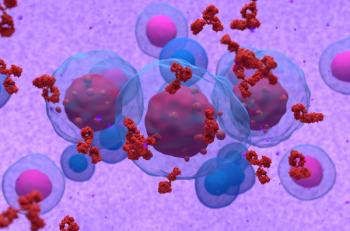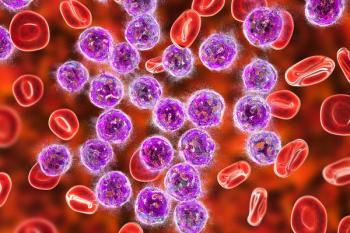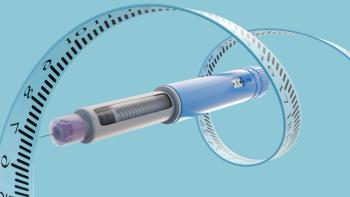
Yervoy Combination Prolongs Survival in Melanoma
Ipilimumab combined with local peripheral treatments shows promise in malignant melanoma.
A retrospective clinical study demonstrated that ipilimumab (Yervoy) combined with local peripheral treatments significantly prolonged overall survival in patients with malignant melanoma compared with immunotherapy alone.
Prior studies found that approximately 20% of patients who receive
In the recent study, researchers sought to find a way to increase the percentage of patients who are able to achieve long-term benefits from Yervoy. Currently, local peripheral treatments, such as radiotherapy and electrochemotherapy, are not used in an attempt to cure patients with this form of skin cancer, but rather to provide patients with relief from tumor-related symptoms.
The study involved the analysis of data from 127 malignant melanoma patients treated consecutively at 4 cancer centers in Germany and Switzerland.
Participants were broken into 2 groups, with 82 patients administered Yervoy monotherapy, and 45 patients administered Yervoy plus local peripheral treatment.
The results of the study showed that median overall survival for patients who received the combination therapy was 93 weeks, compared with 42 weeks in patients who received Yervoy monotherapy.
“We found that adding local peripheral treatments, including external radiotherapy, electrochemotherapy, or internal radiotherapy, to systemic ipilimumab treatment doubled survival chances in our patient cohort and did not increase immune-related side effects,” said researcher Sebastian Theurich, MD. “Importantly, this survival advantage seemed to overcome even traditional risk factors of poor outcomes. This suggests that this combination could be an option for all patients with malignant melanoma, and this is being tested in ongoing prospective clinical trials.”
After the initial findings, the researchers excluded any patient with brain metastases from the analysis, since they were not equally distributed among the 2 treatment groups. The results showed that the median overall survival benefit for the group of patients who received Yervoy and local peripheral treatment remained at 117 weeks, compared with 46 weeks in the Yervoy monotherapy group.
“Our results are concordant with those previously reported for 29 patients treated in the United States with ipilimumab and local radiotherapy,” Theurich said. “Having data from different parts of the world improves the validity of the results, especially if you deal with retrospective analyses. Moreover, all our patients were treated with the same dose of ipilimumab, whereas those in the previous study received varying doses because they were being treated in a dose-escalation clinical trial.
“We were able to begin to investigate the potential immunologic mechanism underlying the benefit of adding local peripheral treatment to ipilimumab,” Theurich said. “It seems that local peripheral treatments activate immune cells, which are then able to attack tumors at sites away from the local treatment site. However, we are investigating this further in prospective studies.”
Newsletter
Stay informed on drug updates, treatment guidelines, and pharmacy practice trends—subscribe to Pharmacy Times for weekly clinical insights.

















































































































































































































